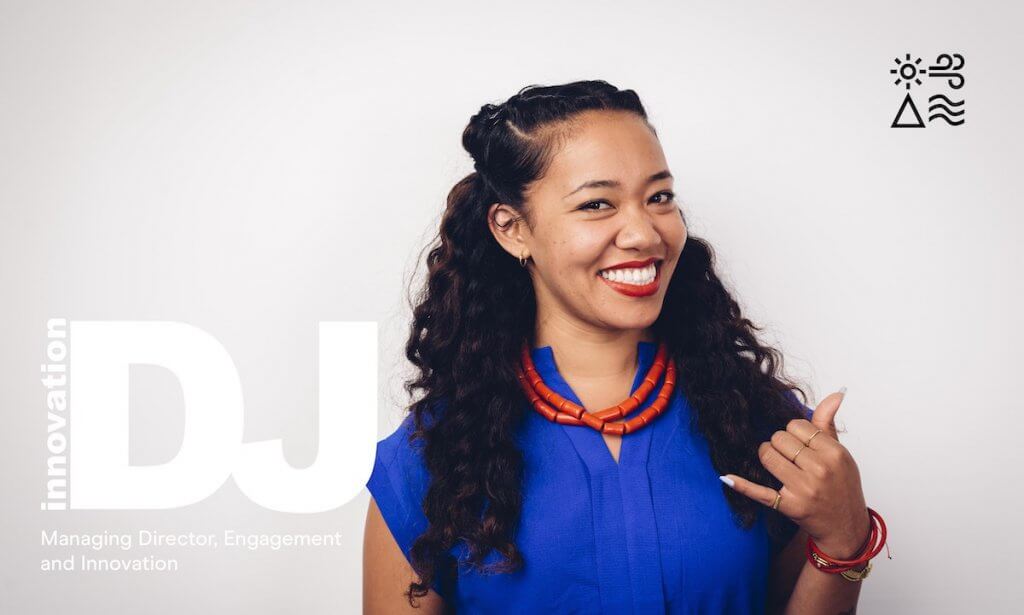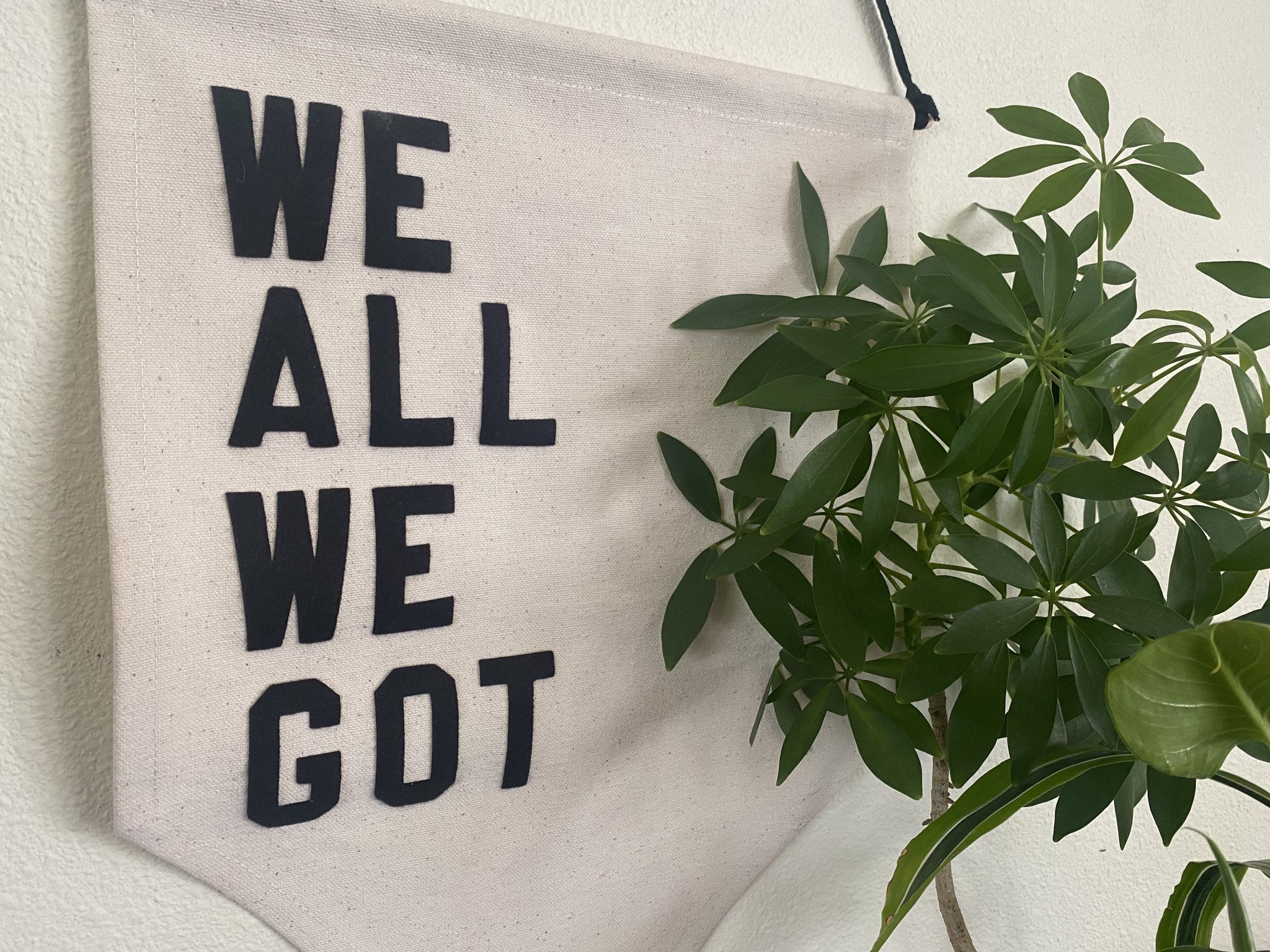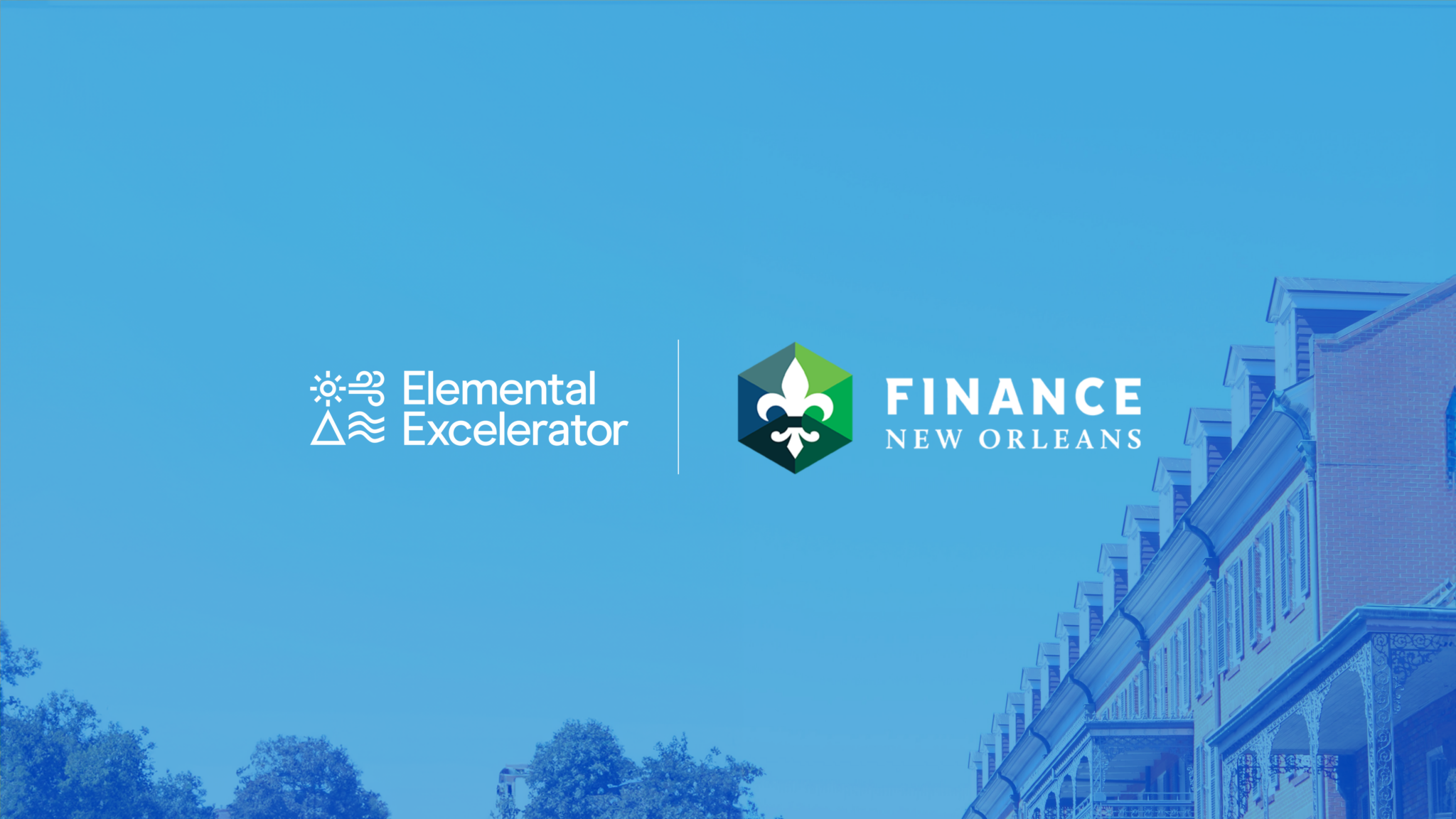
A few weeks ago we launched our 5-year strategy to advance climate action and social justice, together. Our new strategy calls for taking our traditional 1:1, deep work with entrepreneurs and communities, and moving to a 1:many model. With only 10 years to reverse climate change, we are turning toward sharing what we’ve learned with as broad an audience as possible and advancing climate action on a much greater scale.
There is no one better equipped to lead our efforts to engage new audiences and bring together new allies than Danielle J. Harris, and we are pleased to announce that she is taking on a new role as our Managing Director of Engagement & Innovation. Those who know Danielle are well aware of her wealth of knowledge around mobility, innovation, and community engagement, ranging from a decade at the SFMTA to her recent leadership of Elemental’s mobility portfolio.
We recently spoke with Danielle about what drives her in this work and why she wants to focus on “evoking hope and empowerment into the hearts and minds of many to reach our shared goal: social justice and climate action.”
What makes now such a critical moment for Elemental’s mission to redesign systems at the root of our climate crisis?
DJH: The people are ready! They’re looking for change. We’re entering one of the largest collective transitions our nation and the world has ever experienced as we leave months of shelter in place orders and an Academy Award–worthy newsreel in the past. Now, we’re re-entering the outside world with a newfound awareness that our environment is more volatile, and our democracy more impressionable, than we ever imagined. We are walking into the opportunity of a lifetime — a chance to redefine “normal.”
You know how they say timing is everything — that’s where we are! Science, technology, policy, and markets are starting to align to drive climate action. But we know that all adds up to only half of the solution, because the best solutions have a collective push from the people. So I’m obsessing over the question, How might we make this an everyday people movement? (This is when I’d queue up Sly & The Family Stone’s “Everyday People.”) It takes more than everyone agreeing that climate change is real. We need people to see and believe in their unique superpowers in fighting climate change. I’ve made a career of building community, empowering and tying people together toward a shared goal — elevating neighborhood voices, union organizing, making “work-families,” establishing (too many 😆 ) working groups, creating ERGs before ERGs were a thing, developing unconventional collaborations between tech and government, Elemental’s #MobilityMob, etc. Now I’m setting out to build my biggest community ever — one big ʻohana.
You can’t just tell people they need to take action on climate and expect that it’s going to happen. You have to take the time to really listen to what they care about.
How do you envision that community taking shape?
DJH: After developing and executing Elemental’s mobility strategy (#MobilityMob) over the past couple years, I want to double down on my passion for community, justice, and storytelling. I want to engage people’s hearts and minds, so l’m going to meet them on the things they care about — jobs, family, home, their lifestyle and history. Luckily, I have the good fortune of not starting from scratch. Over the past decade, Dawn and the whole Elemental crew have built something truly unique and impactful and I’m aiming to put some people power 💪 behind it to scale those accomplishments.
I’m focusing on advancing our 1:many strategy. That means developing creative ways to reach more audiences, building communities of practice around collective learning, and telling people’s stories that encourage change on a massive scale. This will be a big ʻohana that learns and evolves together. We’ll take that leap of imagination and foster shared accountability that reinforces enduring change. We’re racing towards a life-sustaining economy that supports humanity and saves Mother Earth.
I think of it as we’re the Avengers preparing for the final battle against Thanos and his alien army. I’m ensuring everyone, literally everyone, is on the battle field and ready to fight when the time comes. We get one shot at this and we can’t afford to have anyone sitting on the sidelines.
Looking back, what will you bring with you into this work?
DJH: 2020 was a turning point in the public awareness of both climate change and social justice. People got a real, tangible understanding of what warming leads to — more severe storms, wildfires, droughts, and climate refugees. They also got a stark awakening of just how much further we need to go to remedy the social fabric of this nation.
For me, I’m entrenched in deep-blue Oakland, California. In my leafy oasis between Chinatown and West Oakland, where the Black Panthers once prowled, I realized I was in a bubble. In 2020 I felt like I was drowning in wave after wave of ugliness every time I turned on the radio or looked at my phone. I really hit my lowest after Congressman John Lewis and actor Chadwick Boseman, the King of Wakanda, left us and the choking air from wildfires forced us inside. I felt helpless, like no one was coming to save us. Then I was reminded by a sign on my wall, given to me by a former intern, that reads We all we got. We must continue to save ourselves.
What does that look like, saving ourselves?
DJH: We’re going to have to listen, challenge assumptions, reflect, and listen again. Social justice is achieved when listening leads to understanding, acknowledgement, and a path to redemption. Throughout my work I’ve learned that most of all, people want to be seen, heard, and have their experiences validated. They want to matter. And when someone feels seen, they’re much more willing to do the same for everyone else. Our climate action must follow the same trajectory.
You can’t just tell people they need to take action on climate and expect that it’s going to happen. You have to take the time to really listen to what they care about. I sometimes laugh with Sara Chandler, our MD of Equity & Access, about how we feel like uncertified therapists — taking people through their emotions, explaining intentions, revealing personal narratives, facilitating conversation — in order to bring people into our collective goal. So I know it will take time, but we have less than 10 years to reverse the course of climate change. We not only need to get going — like, yesterday — but do it in a way where companies, technologies, and projects are built for and by a community as diverse as the globe we inhabit.





